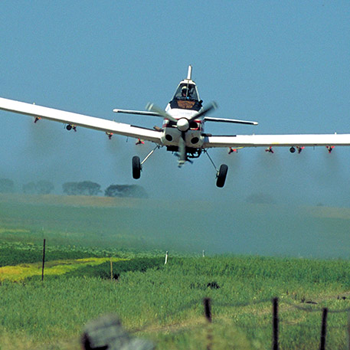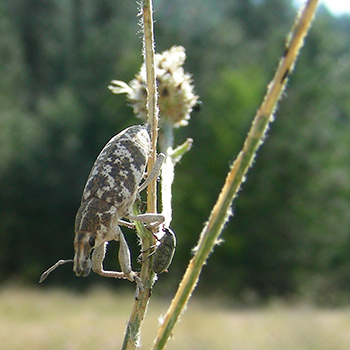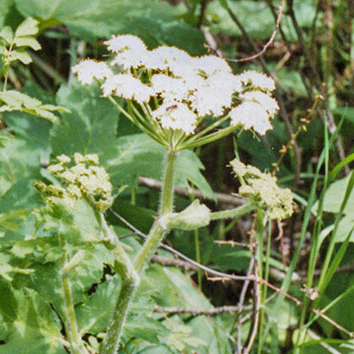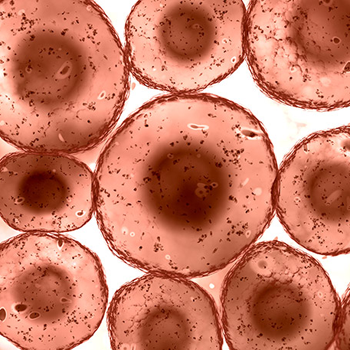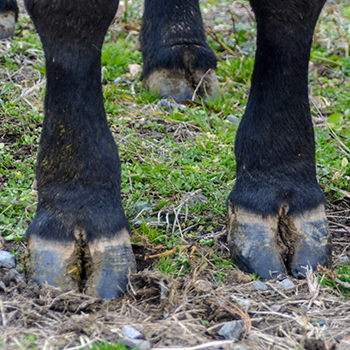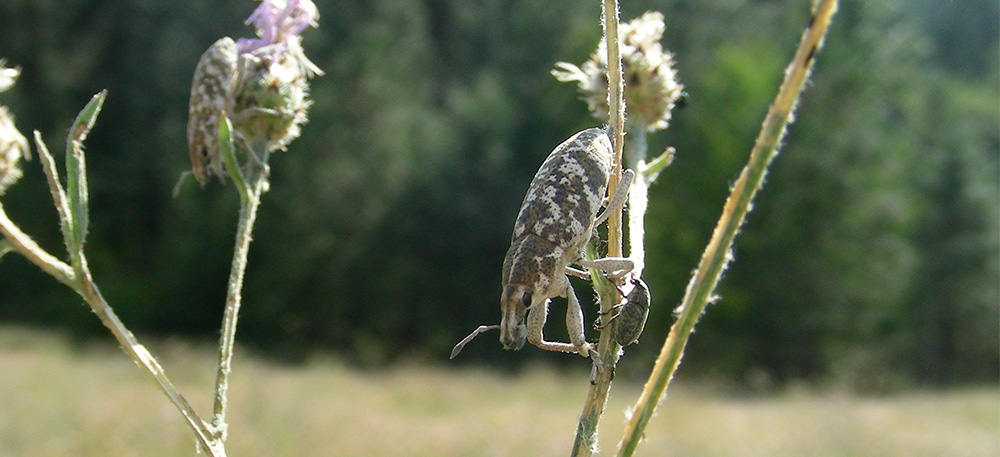
Biological Control of Invasive Weeds
Certain bugs can be a slow, steady and safe way to control invasive weeds.
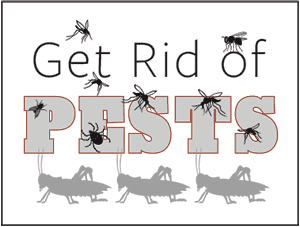
Many ranchers and rangeland managers are trying to find ways to halt prolific spread of invasive weeds. Paul Brusven, biocontrol coordinator with Nez Perce Bio-Control Center, Lapwai, Idaho, says biological controls are proving successful for a number of weeds, using “bugs” that feed on certain species as their natural host.
Many of our invasive weeds originated in Europe and Asia in a climate similar to North America. In their native land, they are not weeds. They are part of the natural landscape, along with their natural checks and balances.
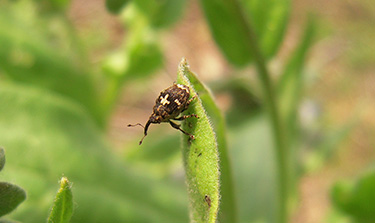 |
“Biological control is a great tool, putting the natural enemies to work against invasive pests,” says Paul Brusven. |
Some of those natural checks and balances do not exist on our continent, so we bring some here to combat their host weed, he says.
“Biological control is a great tool, putting the natural enemies to work against invasive pests. Importation and release of carefully selected natural enemies (usually insects) that are host-specific to a targeted weed reduces the vigor and reproduction of the non-native weed,” Brusven explains.
“We’ve been holding workshops and getting more ranchers involved in this type of weed control,” he says. “In the Pacific Northwest, biological control agents have well-documented success in control of Mediterranean sage, St. Johnswort (Klamath weed), tansy ragwort, Dalmatian toadflax, and purple loosestrife.”
They are very helpful in areas where other control methods like herbicides, mowing, hand-pulling and replanting competitive vegetation are impractical due to difficult terrain. Biologic control agents can also be used in conjunction with other weed-control methods in an integrated pest management strategy.
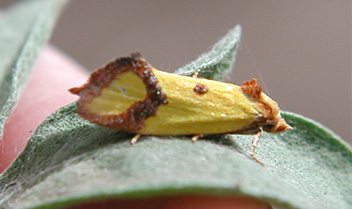 |
Successful biological control programs include multiple species that attack different parts of the weed. |
Spotted knapweed is a problem in many arid regions. There are now 11 different biocontrol agents for this invasive plant. Three are root feeders and the rest are seed-feeding weevils, flies and moths, says Brusven.
“With biocontrol you don’t see initial dramatic impact like with spraying. It’s a long-term solution. Spotted knapweed is a tough perennial weed and hard to eliminate. With a biocontrol agent continually hammering the root system, and another agent hammering the seeds, we slow the spread as well as interfere with its ability to pull up nutrients and moisture,” he explains.
A biological control agent usually targets a certain area on the plant, such as seed, stem or roots, or may defoliate the weed, decreasing its competitive advantage over native or desirable vegetation. Successful biological control programs include multiple species that attack different parts of the weed.
This results in quicker control, but it usually takes at least three years to get the agent numbers high enough to reduce a weed population. Biological control agents won’t completely eradicate the weeds, but they often reduce them to a desirable level.
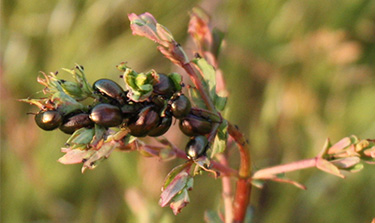 |
Worldwide, 133 weed species have been targeted, and more than 350 biological control agents have been introduced into 70 countries. |
Weeds in sensitive areas near streams or wetlands must be controlled with methods other than chemical spray.
“A weed called purple loosestrife grows in wet areas, but we have a very effective biocontrol agent for that one — a little flea beetle. We’re also raising a root-feeding weevil at the Nez Perce Bio-Control Center. We grow them on an artificial diet and distribute them for use in Idaho and other states,” he says.
Worldwide, 133 weed species have been targeted, and more than 350 biological control agents have been introduced into 70 countries.
“We’re seeing increased support of this control method because land managers realize there are very few effective and sustainable tools to manage invasive weeds on large landscapes,” Brusven says.
Monitoring of biological control releases is often done with a Standardized Monitoring Protocol (SIMP). This is a 20-meter transect where a monitoring frame is positioned every two meters. The target weed is measured to determine percent cover of the weed and percent cover of other weeds (including annual grasses), forbs/brush, perennial grass, bare ground, organic litter and moss, he says. The tallest target weed stem is measured and number of stems within each monitoring frame.
The trend monitoring provides information about effectiveness of biological control on different weed systems. One great success is Dalmatian toadflax, he says. Data from 2007-2014 showed a 70% reduction in Dalmatian toadflax across Idaho, with help from a host-specific stem-boring weevil that is its natural enemy.
There were many new biocontrol agents petitioned for releases in 2019 and several new agents that are petitioned for release in 2020.
Editor’s note: Heather Smith Thomas is a cattlewoman and freelance writer from Salmon, Idaho. Photos courtesy Paul Brusven.
